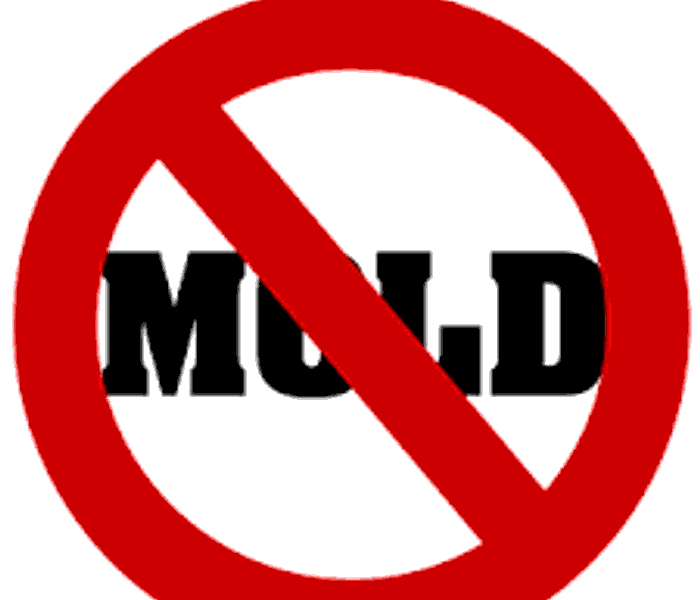Mold Prevention Tips for your Home
9/2/2020 (Permalink)
1. Keep Healthy Humidity Levels
Mold and mildew thrive in a humid environment, so it is important to keep your humidity levels down. In areas that are prone to excessive moisture, make sure you ventilate. When using the kitchen, bathroom, or basement, turn on thevent fans. If there are no vent fans in these rooms, have them repaired or installed by an electrician. Also, consider installing whole-home humidification or plug-in dehumidifiers.
Attics fans can also help manage moisture and provide ventilation in the home. Ask your HVAC professional if attic fans are right for your home.
You can also take measures to control the humidity levels in your home with your HVAC system, which may or may not have a humidification system built-in. Regardless, running the air conditioner will help dry and circulate the air. A closed-up home in the summer without air conditioning and little air movement will create the humid, warm, and dark conditions necessary for mold growth.
2. Fresh Air
Open windows help increase the ventilation in your home – and are a good way to lower indoor carbon dioxide levels. High carbon dioxide levels can cause decreasing oxygen levels in the body, hampering the flow of oxygen to the brain. If your home has been closed up for several months, carbon dioxide can build up, especially in rooms where people spend the most time. Fresh air will also help dry out damp, musty areas and reduce odors and stuffiness. Every day, open up a window or two for 5-15 minutes to provide some free, natural ventilation to your home.
3. Use Green Cleaning Products
Cleaning products with an overwhelming odor are ironically the biggest sources ofvolatile organic compounds (VOCs) in the home. This is especially true of artificial pine and lemon products. When using these cleaners to rid areas of mold and other pollutants, you are essentially trading one contaminant for another. When dealing with mold (and cleaning your home in general), try to stick with cleaners that are water-based, non-toxic, and non-aerosol.
4. Dry Wet Areas
Although you should avoid toxic cleaners, that doesn’t mean you shouldn’t regularly clean the surfaces in your home. Getting into the habit of cleaning and drying the surfaces in your bathroom and other moist areas is a great way to keep your bathroom clean and free of mold and mildew.
Mold can’t grow and thrive without moisture, so it’s important to dry wet areas in your home immediately. A leaky pipe, a damp basement, and even a spill on your carpet needs to be dried thoroughly and as quickly as possible (within 24 hours). Also, make sure you don’t leave wet clothing or bath towels out for too long. It is very difficult to completely clean material that has been compromised by mold.
Fix any plumbing leaks or water issues to remove the sources of moisture in your home. Some waterproofing solutions include:
- Cleaning and repairing gutter and downspout systems
- Installing and maintaining a basement sump pump.
- Sealing window and foundation leaks
- Improving drainage by repairing lots, unblocking sewers, and installing new drainage systems.
- Repairing leaks as soon as you find them





 24/7 Emergency Service
24/7 Emergency Service
